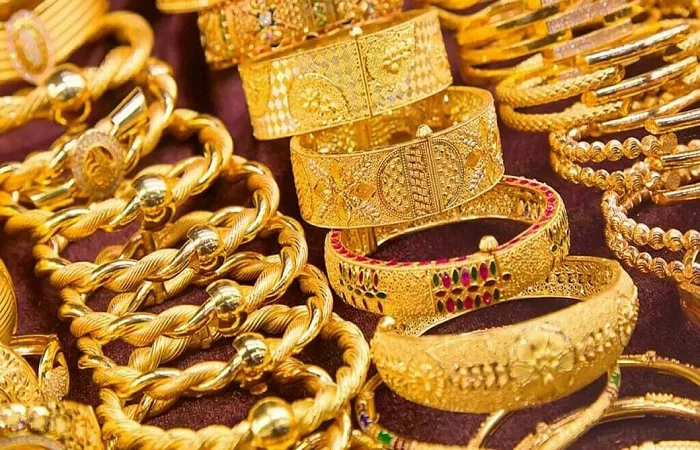Gold prices have experienced a significant drop, losing $225 an ounce in just three weeks. The decline, which saw prices fall from a peak of $3,433 per ounce on April 22 to around $3,208 today, is largely attributed to political developments and a breakthrough in science that could threaten gold’s status as a scarce commodity.
The promise of peace in conflict zones such as Ukraine and Gaza, alongside a reduction in tariffs from the U.S.-China trade dispute, has diminished the geopolitical tensions that traditionally boost gold’s appeal as a safe-haven asset. This easing of political risks has allowed gold prices to cool off after a rapid 30% surge since the beginning of the year.
However, an unexpected development in science is also making waves in the gold market. The European Organization for Nuclear Research (CERN) recently announced a groundbreaking experiment where microscopic particles of gold were created in its Large Hadron Collider (LHC). While the scientific achievement is still far from having commercial applications, it has raised eyebrows due to its potential implications for the future of gold.
In the experiment, lead was transformed into gold, albeit briefly—gold atoms were created for just 11 microseconds (0.000011 seconds) before being destroyed. This feat was achieved by accelerating lead ions to near the speed of light and then smashing them into other lead ions, a process known as chrysopoeia. At the atomic level, lead and gold are remarkably similar, with both having a comparable atomic structure. Gold has 79 protons, while lead has 82, and the two metals lie next to each other on the periodic table, separated only by mercury (80) and thallium (81).
CERN explained that these high-energy collisions could create quark-gluon plasma, a hot and dense state of matter that existed just after the Big Bang. However, more commonly, the experiment results in electromagnetic dissociation, where protons are stripped off a lead nucleus, turning it into gold. The experiment reportedly created 178,000 gold atoms per second, though creating a single gram of gold would require the production of billions of billions of atoms.
Although this breakthrough is still far from any commercial viability, it has raised questions about the future of gold as a scarce resource. If this process can eventually be scaled up and commercialized, it could challenge gold’s position as a valuable and rare commodity—something governments would be reluctant to see, given that central banks are among the largest holders and buyers of gold.
For now, the development remains largely in the realm of science, with little immediate impact on the market. However, if it eventually makes its way into the commercial world, it could fundamentally change the dynamics of gold pricing, with far-reaching consequences for the global economy.
Related topics:
- India Surpasses China in Gold Purchases, Buying 51% More in Three Months
- Qilu Bank Enhances Support for Small Businesses with Innovative Financial Tools
- Bitcoin Poised for a Surge Amid Gold’s Delivery Delays, Expert Claims


